Key Takeaways
- Sidekicks in My Hero Academia are integral to Hero society, providing support, learning, and stability.
- Sidekicks contribute to shaping public trust in heroes and play a crucial role in maintaining peace.
- Sidekicks like Mirio Togata exemplify growth potential as they transition from supporting roles to becoming respected heroes.
The concept of sidekicks is extremely deep-rooted in hero-centric worlds, especially within anime, where heroes and their proteges work together in efforts to save society and keep it at peace. Secondary heroes normally work under professional heroes and hold a great place in the overall structure of the hero’s society in support and learning to uphold justice with more experienced fighters. With villains challenging professional heroes in any given society, a support network becomes less of a nicety and more of a requirement for maintaining order and augmenting heroes’ abilities.
In My Hero Academia, sidekicks are not just supporting characters; they are part of the overall structure of hero society. Their positioning in society is such that they contribute actively to societal stability and function as key figures in crisis management. Unsung in most cases, these sidekicks perform vital functions that keep peace and let professional heroes rise to full bloom, hence increasing their presence in society and doing more good in the world. As part of the hero community, they do provide an aspirational ladder, since their progression is representative of value and commitment to heroism.
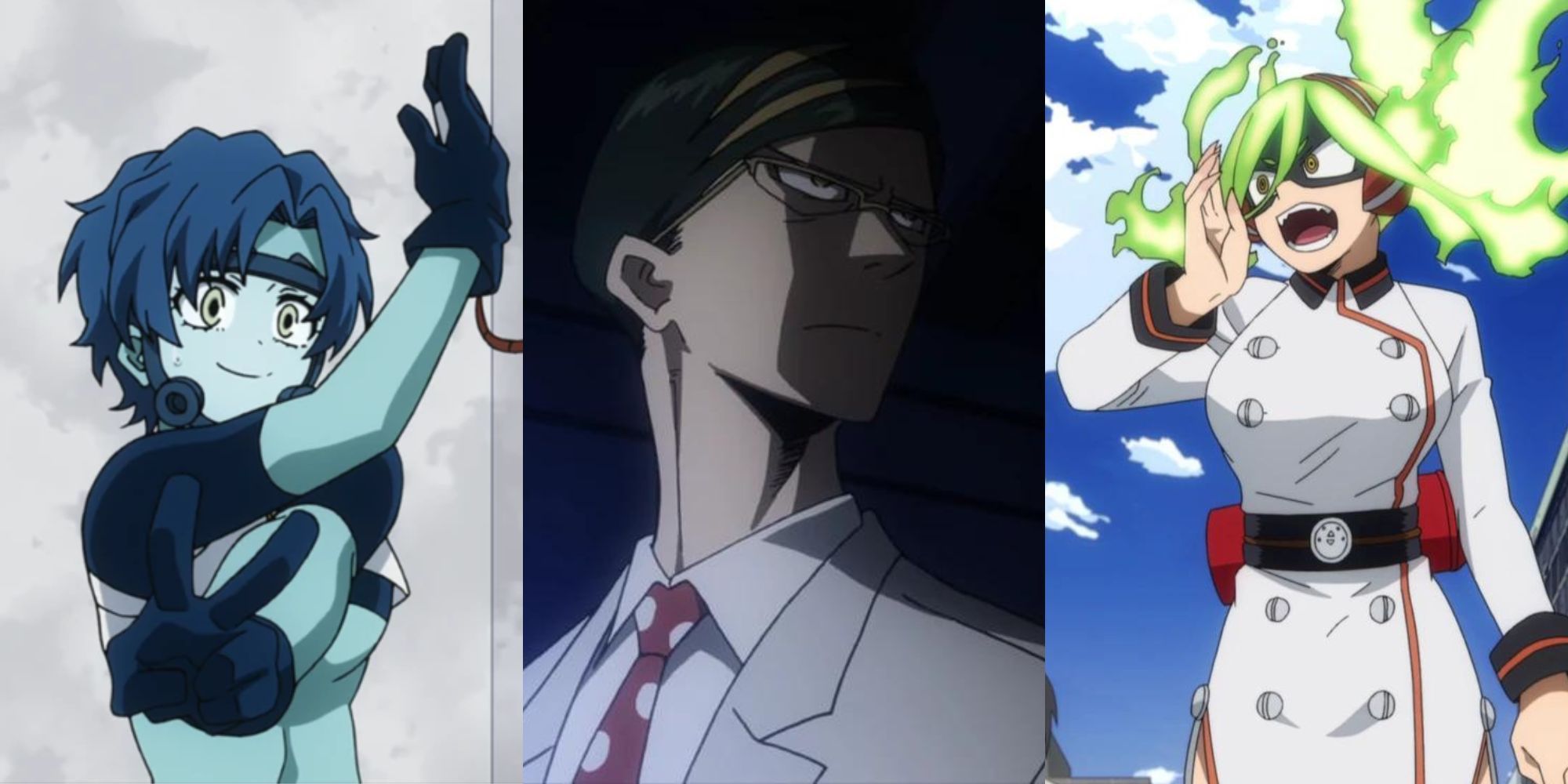
My Hero Academia: 10 Best Sidekicks, Ranked
My Hero Academia’s most illustrious Pro Heroes would never have reached their greatest heights without their loyal sidekicks.
A Pro Hero In The Making
Hero Sidekicks and Their Function in MHA
Sidekicks mostly work in agencies for heroes, whereby their role is to provide support to pro-heroes in most of the activities taken from office duties to even the patrolling of dangerous areas. That does not imply that they are some kind of apprenticeship; they form a workforce to support the lead hero in carrying out tasks that may not require high combat skills but are necessary in maintaining order. While the pro heroes may be involved with higher-profile missions or taking on and defeating strong villains, sidekicks perform the grunt work of having to deal with lower-level criminals or assist in non-combative situations to allow the pro hero to focus on the really important stuff.
This, in turn, allows these roles to enable sidekicks to learn directly from professional heroes and understand a variety of strategies and protocols. They gain experience in combat in certain cases. Most of the sidekicks’ dream is to become independent and acquire a pro-hero title. Through experience, sidekicks understand what hero society is demanding and what is expected by the people, and building a sense of justice in their minds molds them into reliable heroes for the future. Most build up a foundation of hero skills and reputation such that transitioning to a pro hero seamlessly occurs.
A Hero’s BackBone
Sidekicks’ Contribution to Society
Sidekicks not only provide stability within hero agencies but also play a pivotal role in shaping public trust in heroes. Through hard work behind the scenes, they become the bedrock that pro-heroes can lean on and thereby help strengthen relationships between heroes and the public. Many sidekicks are engaged in the day-to-day prevention of crime. Therefore, they are quite common in neighborhoods and offer that extra layer of security upon which the public can rely. They also coordinate communication in times of crisis, carry out rescues, and provide regular patrols, thereby giving the heroes the liberty to attend to other more serious threats.
Along with the immediate contributions they make towards peacekeeping, sidekicks develop the next generation of heroes. Training, endurance, and dedication make them an inspiration both to younger heroes and to civilians. In sum, the sidekick symbolizes the link between the pro-hero and society, embodying the spirit of cooperation, grit, and commitment so crucial to a heroic society.
Side Work To Field Work
Popular Sidekick Who Became A Pro Hero
Several sidekicks have moved on to pro heroes within My Hero Academia, making their transition and showing the path of growth for those in this role. This includes the likes of Mirio Togata and Lemillion, a sidekick to Sir Nighteye, who was himself a former sidekick to All Might. It was during their time as a sidekick that they learned many key values and techniques from Nighteye, which would go on to make them quick to establish themselves as respected heroes. In that direction, despite those very tragic setbacks, the experience as a sidekick instilled resilience and a solid ethical foundation into their personalities, especially Mirio’s , which allowed him to remain strong and eventually regain his powers and continue his heroic journey.
Other sidekicks, like Burnin under Endeavor’s agency, show how even those who choose to remain as sidekicks come out with vital roles. Burnin, though she hasn’t transitioned yet into a solo pro-hero career, actively assists Endeavor in high-stakes situations and during seasons 5 and 6, when villains seemed to be everywhere and the battles more intense. Her dedication to her position has earned her the respect of the heroes in the community-a proof that the worth of a sidekick does not only lie in being promoted to a pro-hero status but in the impact he or she can create both on society and other heroes.
Impact of Sidekicks on the Main Hero Cast
The time young heroes like Deku, Bakugo, and Shoto spent working as sidekicks for Endeavor and training alongside Burnin-during seasons 5 and 6 was invaluable experience. This time in training under a top hero and his sidekick gave the trio real-life experience out on the field under high pressure, preparing them for the complex responsibilities of a pro hero. With the time spent being sidekicks, a unique cultivation of their personalities and strengths central to growth and development was created.
Similarly, Endeavor’s sidekick Burnin played an extremely important role in training Deku, Bakugo, and Shoto, helping them understand how important cooperation, flexibility, and quick decision-making are in battle. Under Burnin’s tutelage, they learned team dynamics, civilian safety as a priority, and honed their combat techniques-all that placed them at a place of conviction and whetted their hero skills. This experience serves to prove a point about the importance of sidekicks in hero work-not only in direct participation but also in raising heroes for the future.
No Society Without Help
Sidekick’s Role in Shaping Hero Society
By exhibiting consistency in engaging the sidekick in both mundane and magical labor, one may observe that they form the backbone of a hero’s community. They secure this concept through labor-the labor of heroism is not about the thwarting of villains per se, but about community, support, and sacrifice. The sidekicks, therefore, provide a professional hero with an immediate support network in which there is scope for shared problem-solving as threats escalate, with the bottom line of societal needs met. By doing lesser but more vital tasks, sidekicks have helped develop a society in which heroes are appreciated, thus enabling pro-heroes to carry out their work more thoroughly. In general, sidekicks in My Hero Academia mean the backbone of the hero’s world, silently contributing so much to the well-being and stability of society.
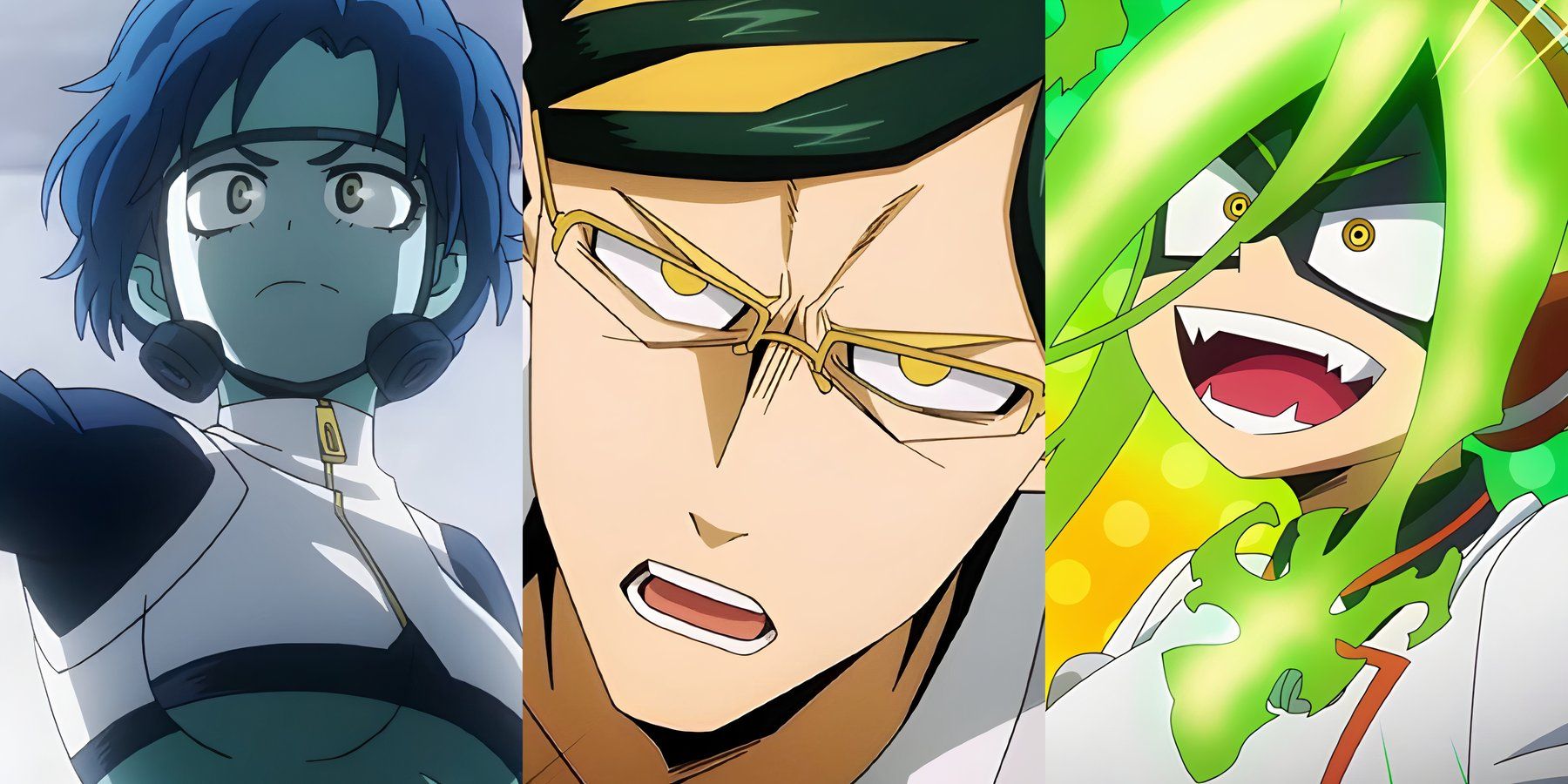

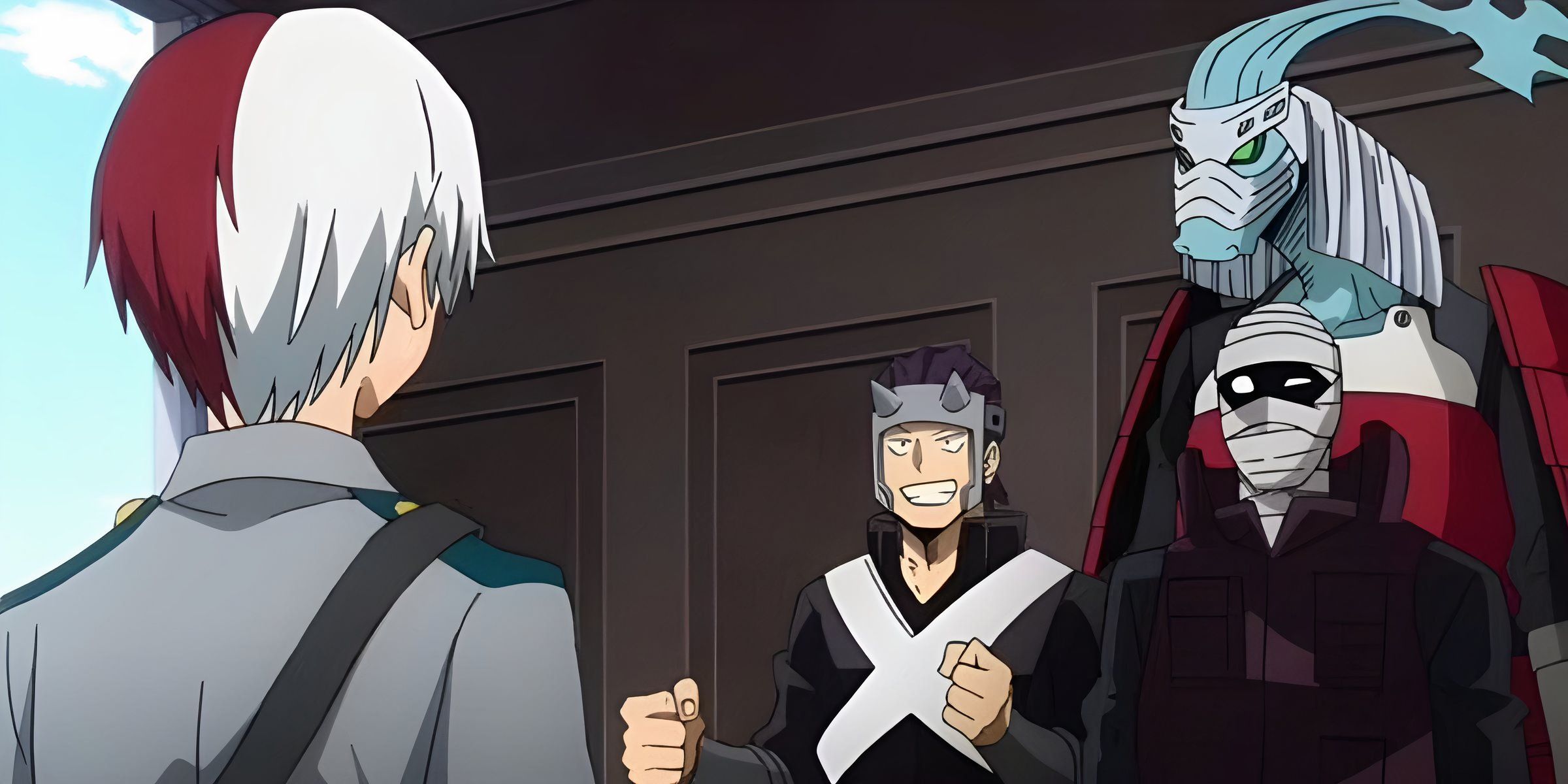
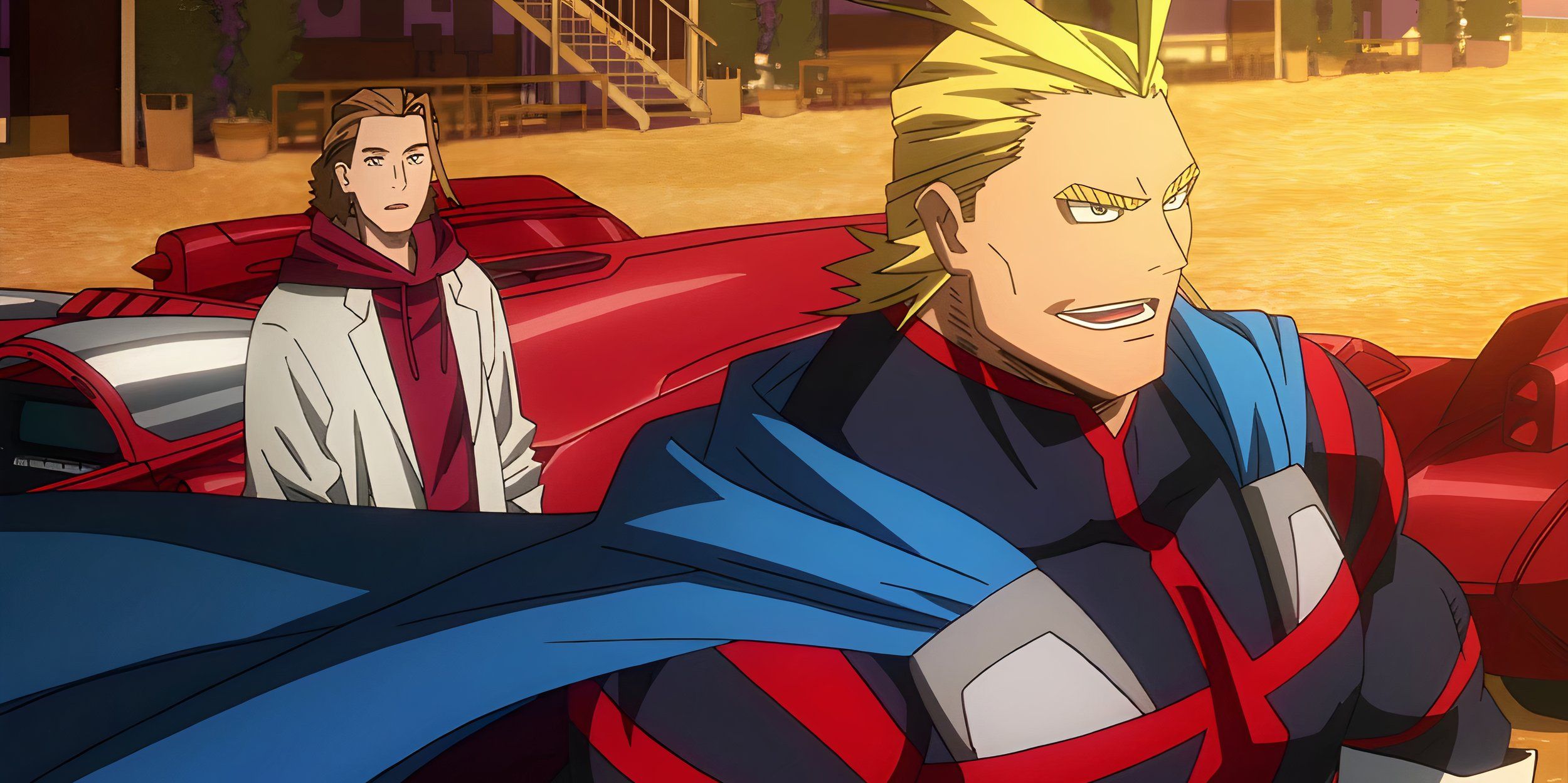
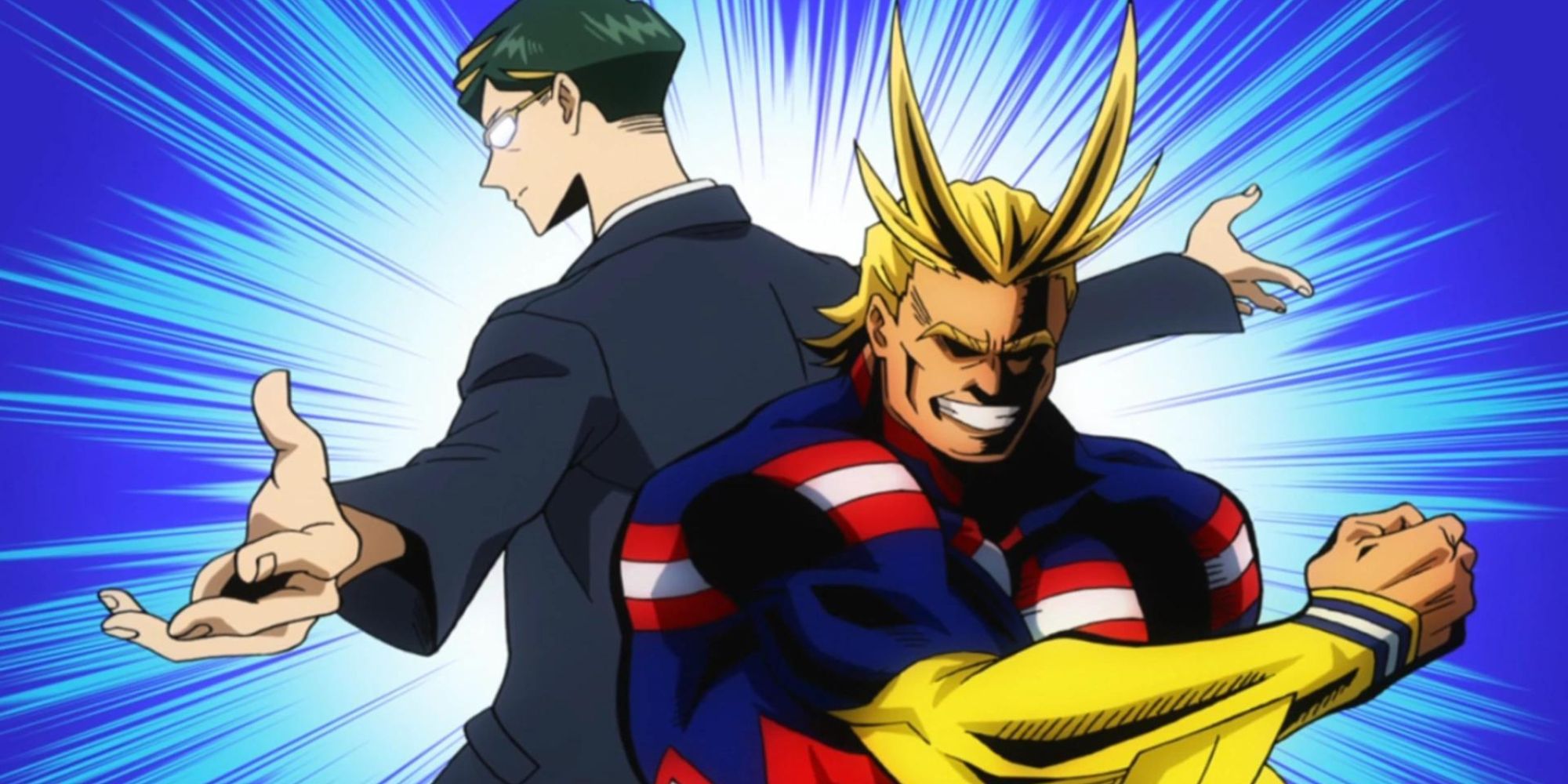
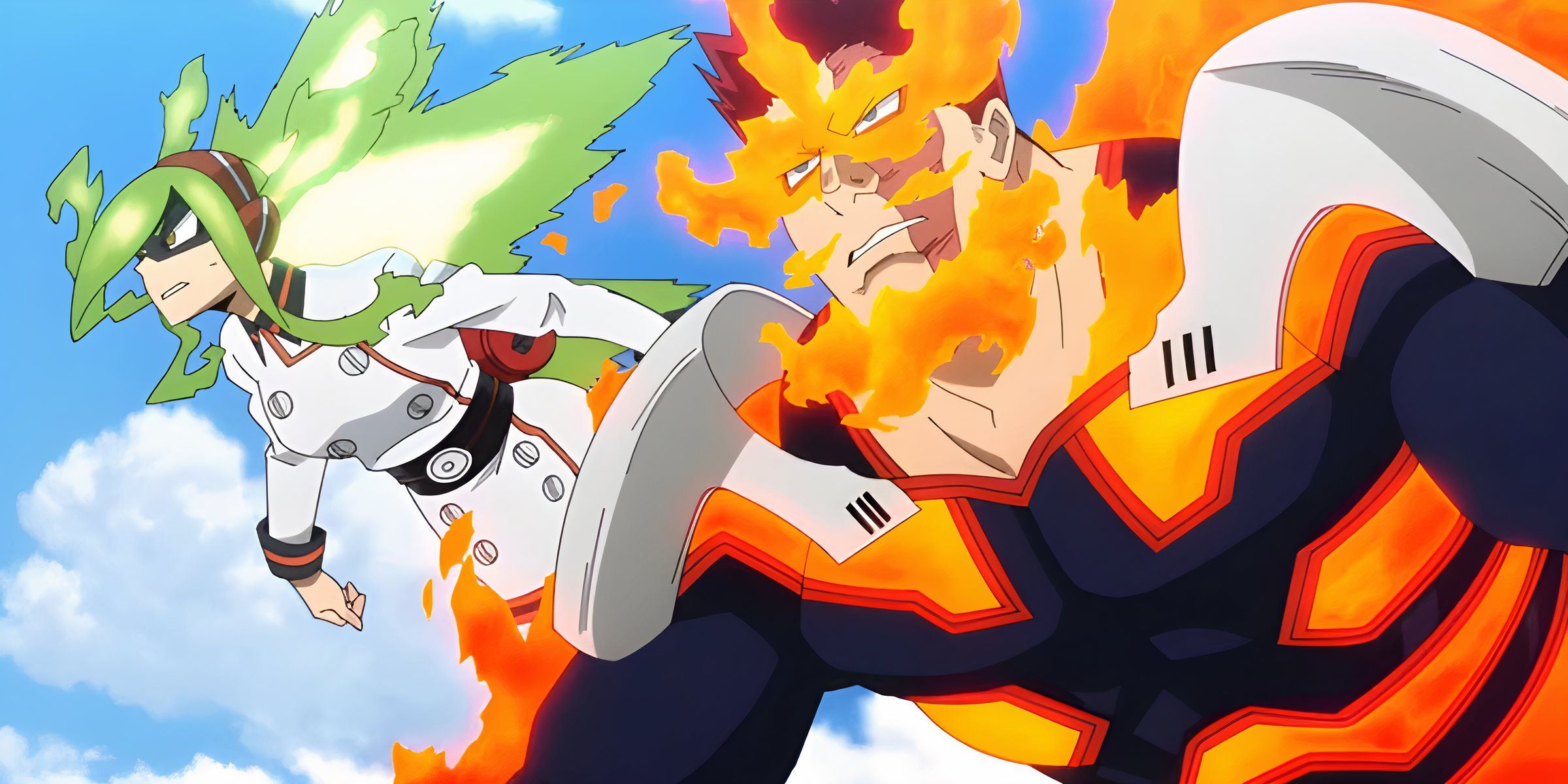
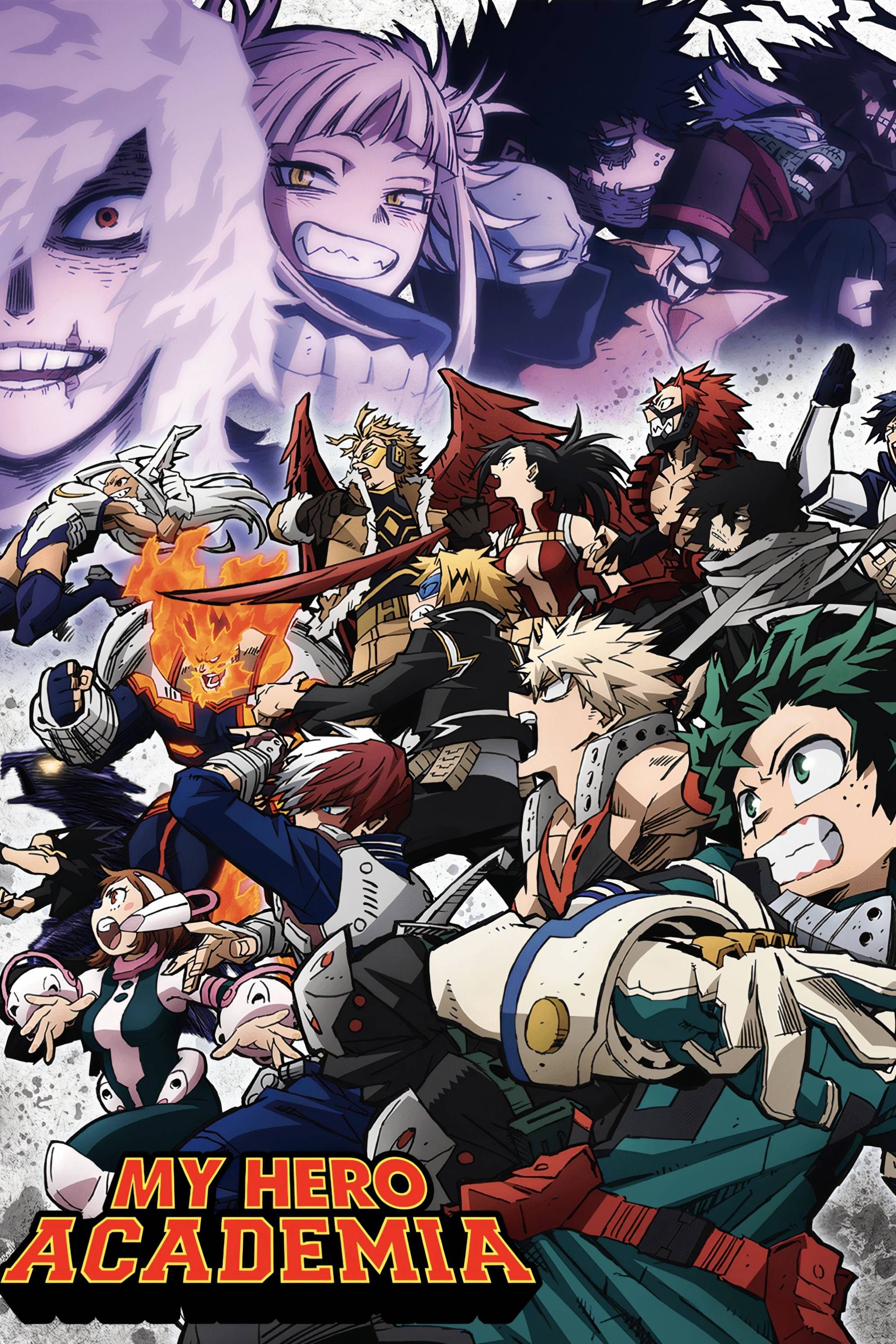

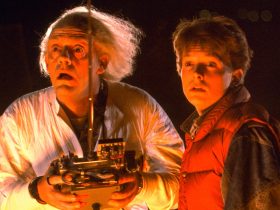


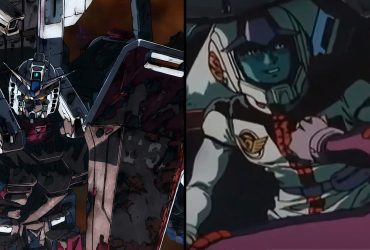

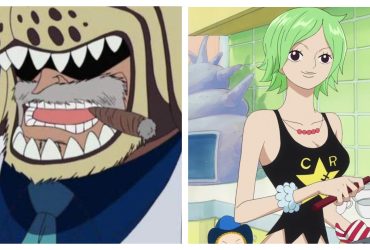
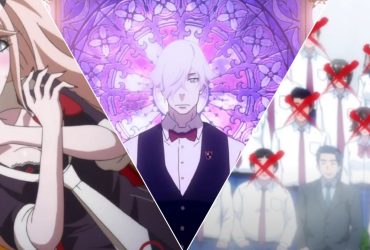
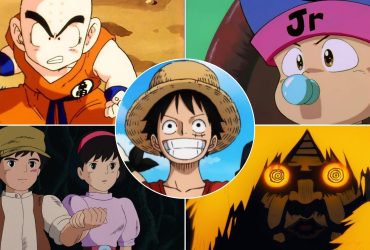
Leave a Reply